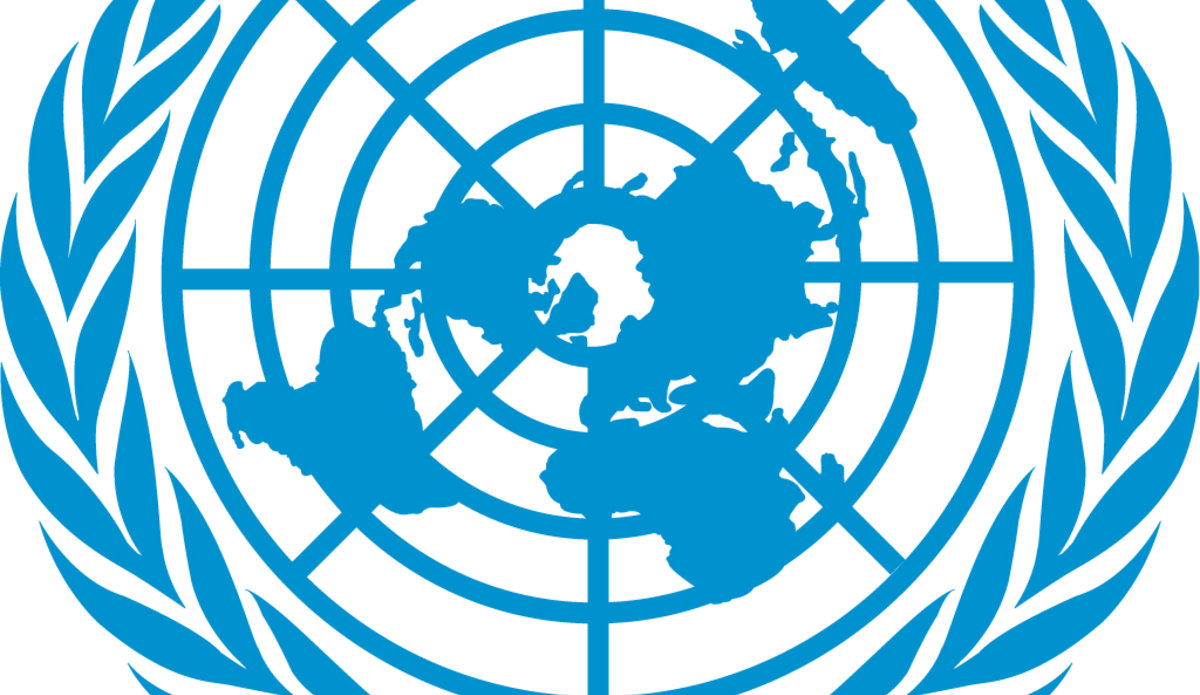Afghanistan a major producer of cannabis, says UNODC
KABUL - Today UNODC releases its first-ever Afghanistan Cannabis Survey showing that the world’s biggest producer of opium is also a major producer of cannabis.
Way down from the earlier figure of 70,000 hectares circulating, the area of cannabis cultivation in Afghanistan is estimated using converging methodologies at between 10,000 to 24,000 hectares. However, the astonishing yield of 145 kg/ha means that between 1,500 and 3,500 tons of cannabis resin could be produced in Afghanistan a year.
The survey is based on data from 1,634 villages in 20 provinces. It shows that there is large-scale cannabis cultivation in exactly half of Afghanistan’s provinces (17 out of 34).
Cannabis reaps a high return. The gross income per hectare of cannabis (US$ 3,900) is higher than from opium (US$ 3,600). Cannabis is also cheap to harvest and process: in Afghanistan it is three times cheaper to cultivate a hectare of cannabis than a hectare of opium. As a result, the net income of a hectare of cannabis is US$ 3,341 compared to $2,005 per hectare of opium.
Despite the parity, the survey shows opium is still favoured over cannabis among Afghan farmers. Unlike opium, cannabis has a short shelf-life, and is a summer crop (when less water is available for irrigation) with a long vegetation period.
Also at the farm-gate, the average price of cannabis is around $58/kg (compared to around $100/kg for dry opium). In 2009 the value of cannabis resin production in Afghanistan is estimated at between $39-94 million, about 10-20% of the farm-gate value of opium production (which was US $438 million in 2009).
Like opium, cannabis cultivation is concentrated in the south of the country – in regions of instability. Indeed, two-thirds (67%) of cannabis farmers also grew opium in 2009. This marks a shift away from cultivation in the north of the country which, even five years ago, was the main cannabis-growing region. Illustrative of this trend is the steep increase in cannabis prices in Balkh province – once notorious for its Mazari (Balki) cannabis – due to a governor-led crackdown on drug cultivation since 2007.
“Afghanistan’s drug problem is even more complex than just the opium trade”, said UNODC Executive Director Antonio Maria Costa. “Yet the remedy remains the same. By improving governance and development in Afghanistan’s drug-producing regions, we can knock out the world’s biggest supplies of both hash and heroin”, said Mr. Costa.
 UN
UN







